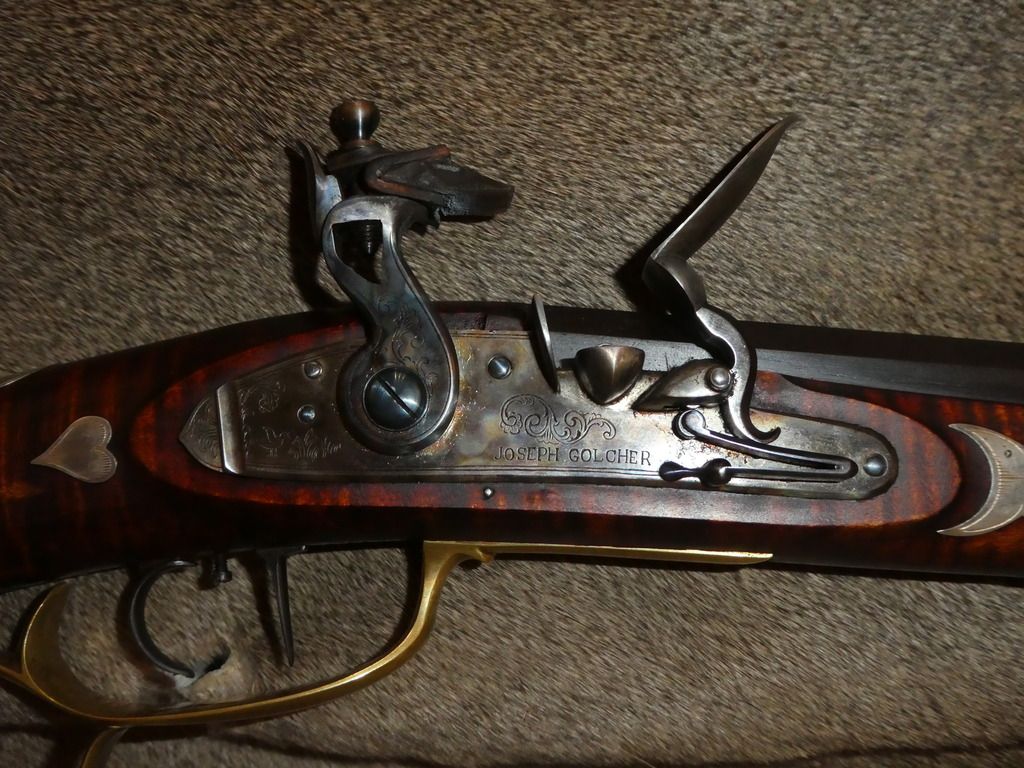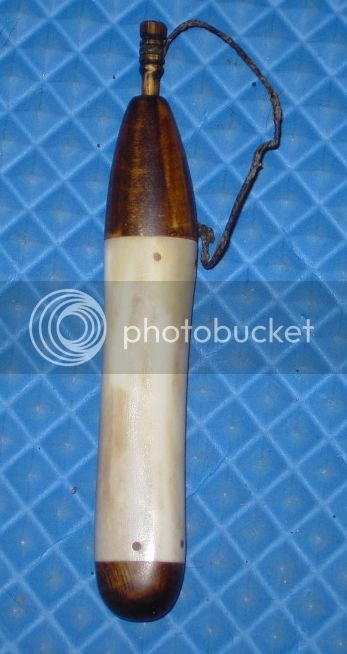I dont have a lot of experience with flinters, and I have been frustrated by lack of quick ignition.
I was watching a video from another member shooting a squirrel with his. He was using a small priming container with a spring loaded tip that when pushed down drops a small measured amount of powder for the pan. He showed that he uses 4 measured amounts for his pan. In the video his rifle did not hesitate when he fired it.
I have always just used one of those little premeasured amounts in the pan, figured that was the right amount.
Anyone else have experience using one of those things and how much powder do you put in the pan?
I am thinking that I just might of figured out the source of my ignition problems, too little priming powder
Thanks
Fleener
I was watching a video from another member shooting a squirrel with his. He was using a small priming container with a spring loaded tip that when pushed down drops a small measured amount of powder for the pan. He showed that he uses 4 measured amounts for his pan. In the video his rifle did not hesitate when he fired it.
I have always just used one of those little premeasured amounts in the pan, figured that was the right amount.
Anyone else have experience using one of those things and how much powder do you put in the pan?
I am thinking that I just might of figured out the source of my ignition problems, too little priming powder
Thanks
Fleener








